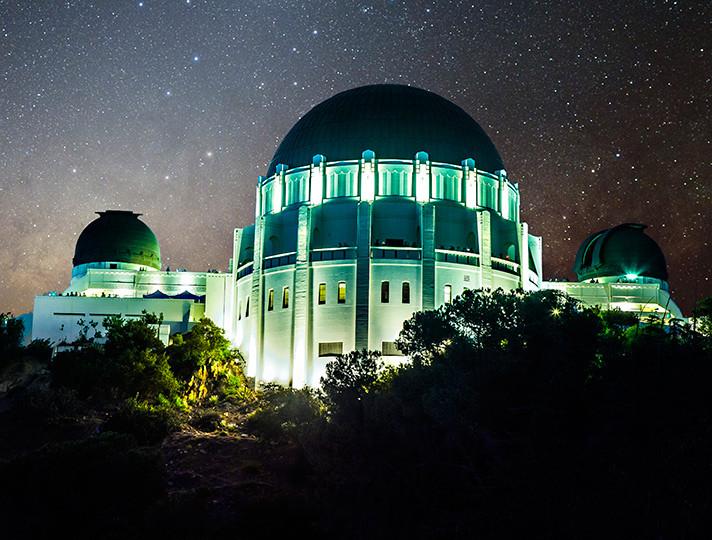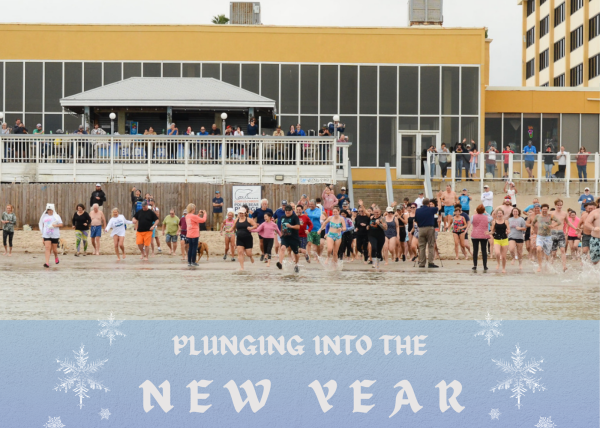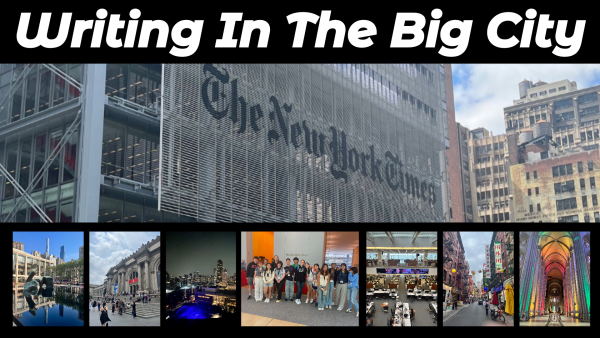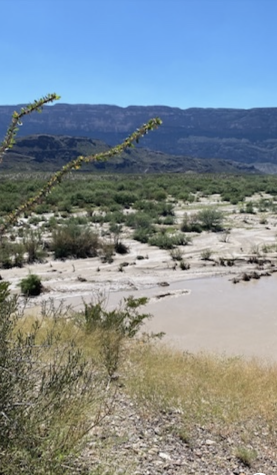THE GRIFFITH OBSERVATORY
One of the most recognizable landmarks in L.A.
The Griffith Observatory of Los Angeles is a beautiful, educational, and fascinating public observatory. Recently, I got the chance to explore the grounds of it.
Opened in May of 1935, the Observatory has instilled wonder in both locals and tourists alike for generations. Even besides the stellar exhibits on the inside, the Observatory features an amazing green lawn, which is perfect for stargazing and offering the most breathtaking and widest views of the city of Los Angeles.
Of course, it is a functioning observatory, so if you’re willing to brave the long lines, you can look through the large, powerful telescopes, which are mounted to the building. You could also do what I did and find a person on the lawn willing to let you look through their telescope for a bit (most of these, especially those affiliated with the observatory, are pointed at either the belt of Orion, the moon, or Jupiter).
Upon entering the Observatory, you are met with a large Foucault pendulum. Entrances to the exhibits are at the front, left, and right. Those, of course, lead to other exhibits themselves.
Here is an example of some of the exhibits the Observatory has to offer.
In the Hall of the Sky, there are displays about the sun and other stars, tides and how they’re related to the moon, eclipses, seasons, and moon phases. Also in this exhibit is a large periodic table, with some of the elements in the cubes. Taking the back door out of the exhibit will show you an incredible view of the city, and notable things such as The W Hotel and the Hollywood Sign can be seen.
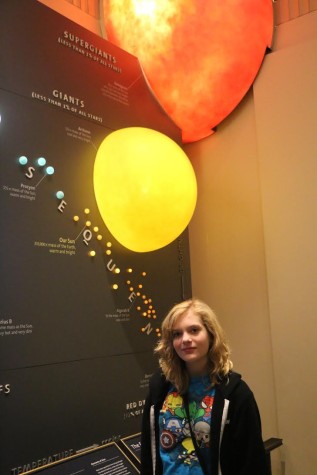
Going down an area called the Cosmic Connection will not only lead you to the Edge of Space and the Depth of Space exhibits, but the large, curved hallway is lined with a glass case that holds nearly 2,200 pieces of star-shaped or space-themed jewelry, both antique and new.
At the Edge of Space, the main attraction is the meteorite display. This exhibit includes space dust under a powerful microscope, and, of course, fragments of meteorites. However, arguably, the most fun thing is the impact simulation. The variables are customizable, and you can see the impact of your meteorite on multiple planets, including Earth (I’d be lying if I said I didn’t cause a total cataclysm that wiped out the planet at least once).
In the Depths of Space, you can see a large, scale model of the Solar System pretty much right above your head. Under each of these planets is a weight simulator, so you can see how much you would weigh on that particular planet. The greatest thing in the Depths of Space, and possibly one of the coolest things in the Observatory, however, is the Big Picture. The image covers the entire wall, and has over two million celestial bodies you would miss if you “held your finger a foot from your face”. The Depths of Space is the also the gateway to the Leonard Nimoy theater, where you can hear the recently deceased star of Star Trek talk about the Observatory, its history, and changes made after the 93 million dollar restoration and expansion.
Unfortunately, that was all I had time for when I went, but there is even more to see. If you are ever in the Los Angeles area, I recommend going. There are some things that you must pay to go to, like the Samuel Oschin Planetarium, but admission to the building, grounds, and even parking is always free.
TL;DR: The Griffith Observatory is very cool and I recommend going.


